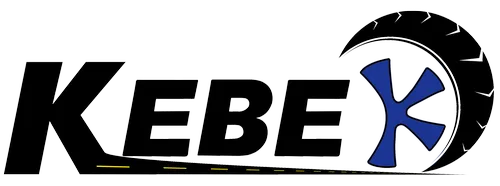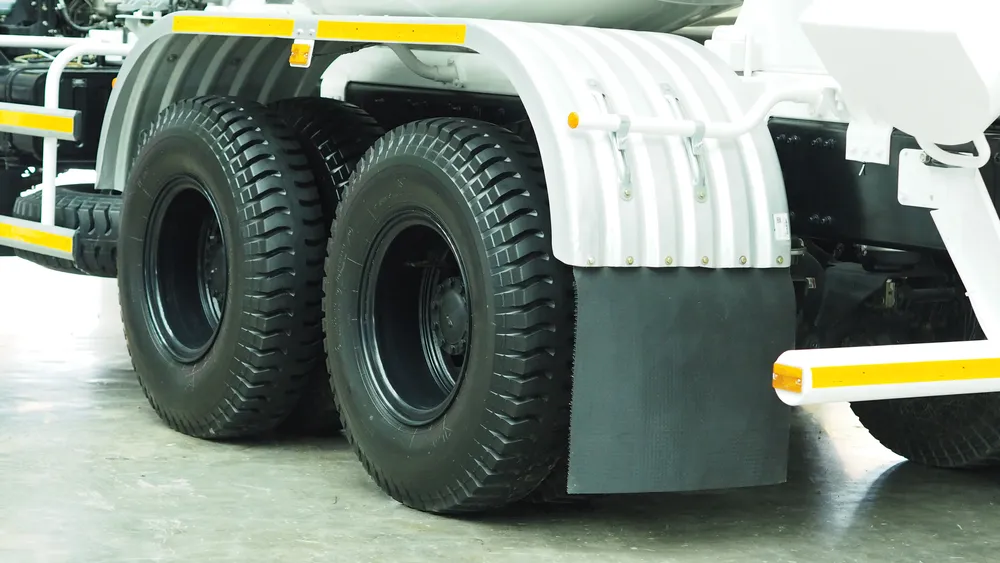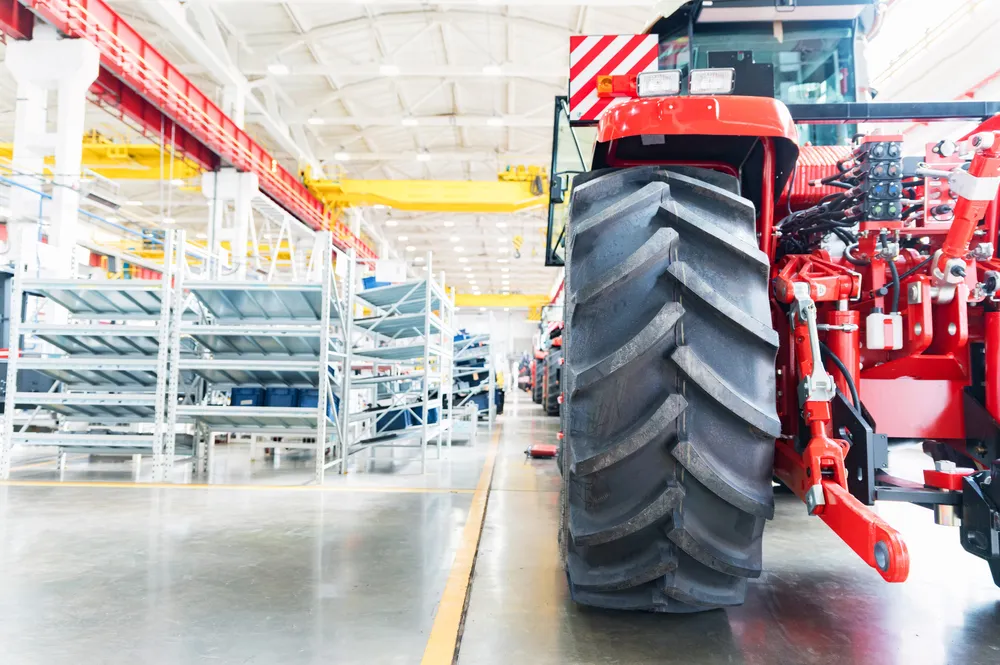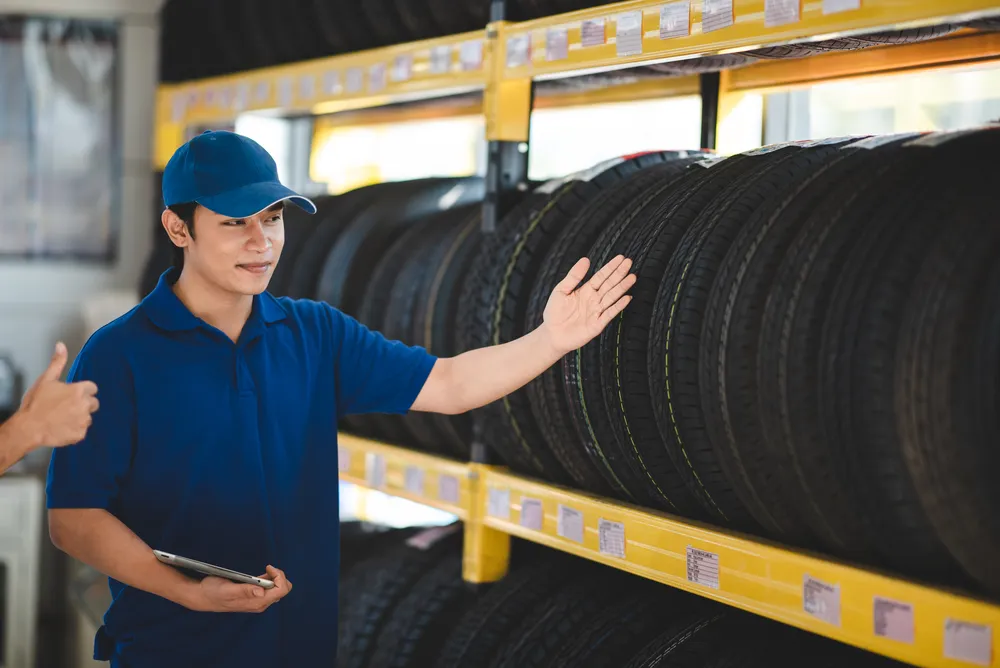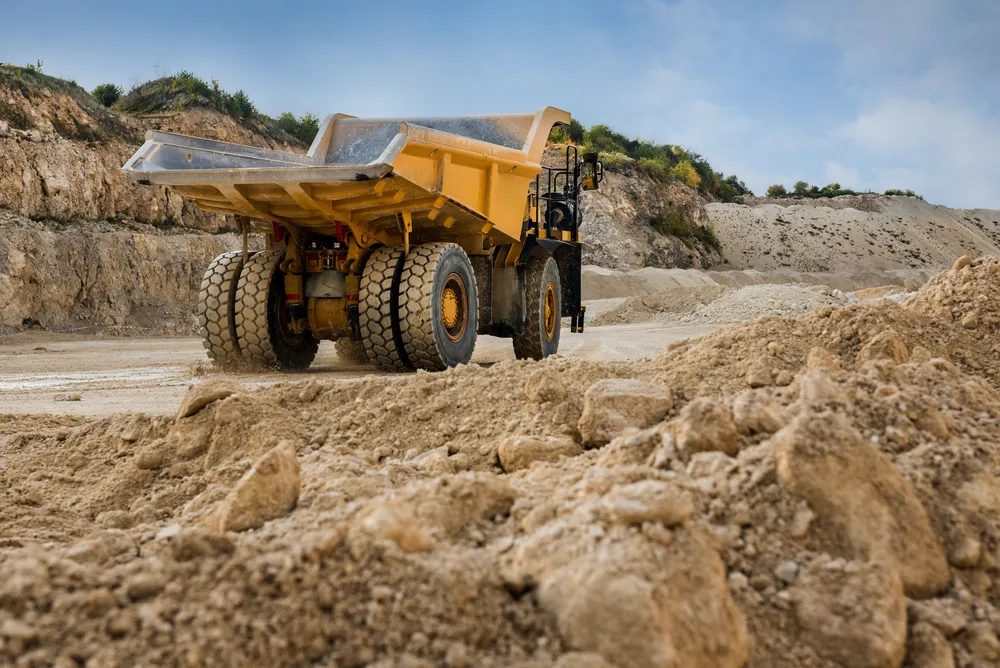In the world of heavy industry, the difference between profit and loss, between a project on schedule and one mired in delays, often rests on a single, critical component: the Off-the-Road (OTR) tire. These are not merely oversized versions of truck tires; they are highly specialized, engineered marvels built to withstand forces that would instantly destroy any other piece of equipment.
For operations in mining, construction, quarries, and large-scale earthmoving, extreme conditions are the baseline. This isn’t just about rough terrain; it’s about abrasive surfaces, searing heat, colossal loads, and the constant threat of impact damage.
At Kebek, we don’t just sell OTR tires; we engineer mobile foundations for your most valuable assets. This post delves into how Kebek OTR tires are specifically designed to conquer the most extreme conditions on Earth, ensuring your operation runs longer, safer, and more profitably.
What Defines “Extreme Conditions” for an OTR Tire?
Before we explore the engineering, it’s crucial to understand the enemy. Extreme conditions for an OTR tire are a combination of brutal factors:
-
Crushing Loads: Haul trucks carrying hundreds of tons of rock exert unimaginable pressure on every square inch of the tire’s footprint. This constant stress leads to flex fatigue and heat buildup—the primary killers of any tire.
-
Abrasive and Sharp Terrain: Mine sites and quarries are littered with sharp, jagged rocks. Every pass over this material is like running over thousands of tiny knives, leading to rapid wear and catastrophic sidewall and tread cuts.
-
Extreme Temperatures: From the scorching heat of desert mines to the sub-zero temperatures of arctic operations, tire compounds must remain stable and flexible. Excessive heat internally can lead to separations and blowouts.
-
Harsh Chemicals and Oils: Spills and operational fluids can degrade standard rubber, causing it to crack and weaken over time.
At Kebek, we design our tires with these specific adversaries in mind. Our philosophy is simple: if it can’t withstand the worst, it doesn’t deserve the Kebek name.
The Kebek Difference: Engineering for Endurance, Not Just Compliance
What separates a standard OTR tire from a Kebek OTR tire built for extreme conditions? It’s a multi-layered approach to durability and performance.
1. The Shield: Advanced Cut- and Chip-Resistant Compounds
The first line of defense is the rubber itself. Kebek tires utilize proprietary tread compounds fortified with advanced polymers and resins. This isn’t just “tough” rubber; it’s a specialized material designed to:
-
Resist Penetration: The compound is engineered to be resilient, allowing it to absorb impacts from sharp objects without tearing.
-
Self-Heal Minor Wounds: To a degree, the rubber can flow back after a minor cut, sealing small punctures and preventing them from propagating into major failures.
-
Withstand Abrasion: Our compound is designed for slow, even wear, extending the tire’s life even in highly abrasive environments like limestone quarries or iron ore mines.
2. The Skeleton: Reinforced Casing & Robust Belt Packages
The rubber is the muscle, but the casing is the skeleton. A weak skeleton fails under pressure. Kebek builds its tires with a focus on casing integrity:
-
High-Tensile Steel Cords: We use high-density, high-tensile steel cord in our belts and plies. This creates a tight, rigid mesh that is highly resistant to penetration and impact damage from large rocks.
-
Optimized Ply Design: The number and angle of the plies are optimized to distribute stress evenly across the entire tire structure, reducing the risk of localized failures and heat buildup.
-
Reinforced Sidewalls: Understanding that sidewall damage is a leading cause of OTR tire failure, we offer designs with extra rubber and fabric guages in the sidewall area, providing critical protection against snags and rock collisions.
3. The Footprint: Tread Designs for Maximum Traction & Stability
A tire that can’t grip is useless, no matter how durable it is. Kebek’s tread patterns are computer-optimized for specific applications:
-
Deep, Interlocking Lugs: For loaders and dozers in loose terrain, our treads feature deep, interlocking lugs that provide exceptional traction and self-cleaning properties, preventing mud and rock packing.
-
Dense, Rib-Type Treads: For haul trucks that prioritize stability and heat dissipation on long, high-speed hauls, we use denser, rib-type patterns that reduce squirm and rolling resistance, directly contributing to lower fuel consumption.
-
Stone Ejectors: Strategically placed ridges within the tread grooves help to eject stones before they become embedded and work their way into the casing, a common cause of premature failure.
Application-Specific Kebek Solutions for Extreme Environments
“Extreme” means different things in different sectors. Kebek offers targeted solutions.
Kebek Mining Tires: The Ultimate Endurance Test
Mining is the most demanding application for any OTR tire. Kebek mining tires (e.g., our Kebek MaxTrak L5 for loaders and Kebek HaulMaster D4 for dump trucks) are built with:
-
The thickest undertreads and most robust casings in our lineup.
-
Compounds specifically formulated for high heat resistance.
-
Wide-base options for improved flotation and stability in soft underfoot conditions.
Kebek Quarry & Construction Tires: Built for Sharp Impacts
The constant, sharp impacts in a quarry demand a different kind of toughness. Our quarry series (e.g., the Kebek RockShield Q3) features:
-
Extreme cut-resistant compounds throughout the tread and lower sidewall.
-
A reinforced bead area to protect against rim damage during close-quarter maneuvering.
-
A tread pattern designed to resist chunking and tearing.
Kebek Industrial & Port Tires: Precision in Confined Spaces
Even in ports and industrial yards, conditions are extreme due to constant use and exposure to chemicals. Kebek offers tires with:
-
Enhanced wear resistance for long life on abrasive concrete.
-
Non-marking compounds for indoor facilities.
-
Superior cut resistance for handling metal scrap and debris.
Beyond the Tire: The Kebek Partnership
Choosing Kebek means more than just buying a product; it’s entering a partnership. We support your operation with:
-
Technical Field Support: Our experts can help with tire selection, inflation pressure checks, and site condition assessments to maximize tire life.
-
Retreading Services: A quality Kebek casing is built to last multiple lives. Our certified retreading programs give your tires a second and third life, dramatically lowering your total cost-of-ownership.
-
Training: We provide operational training to help your machine operators understand how their driving habits directly impact tire wear and safety.
Conclusion: Don’t Just Specify Tires, Specify Uptime
In extreme conditions, the cost of a tire is not its price tag. The real cost is measured in downtime, production delays, and safety risks. A cheaper, less capable tire can become the most expensive asset on your site when it fails prematurely.
Kebek OTR tires are an investment in predictability, safety, and profitability. They are the result of decades of engineering, real-world testing, and a relentless focus on what truly matters in the field: maximum uptime.
When your project depends on conquering the most extreme conditions on earth, your equipment deserves the foundation it can count on. It deserves Kebek.
